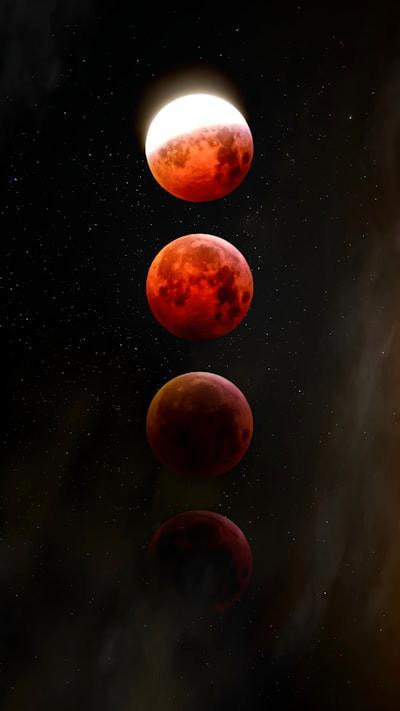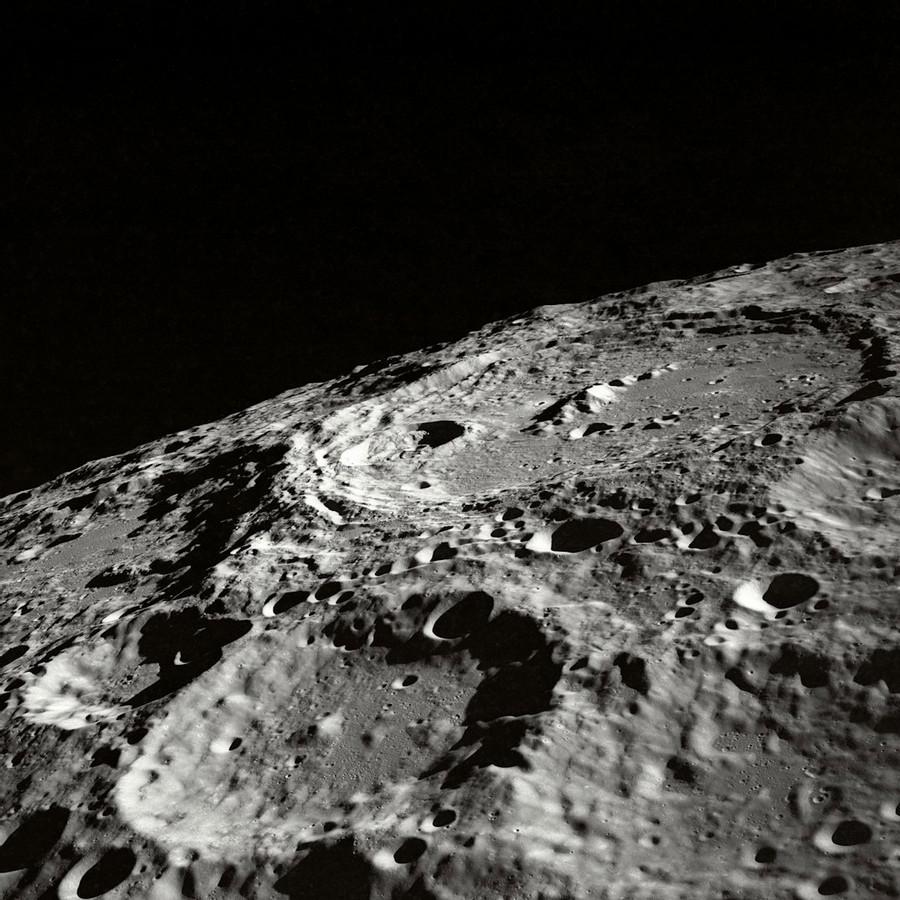Korea Pathfinder, South Korea’s first Moon mission
Curated from: planetary.org
Ideas, facts & insights covering these topics:
6 ideas
·273 reads
3
Explore the World's Best Ideas
Join today and uncover 100+ curated journeys from 50+ topics. Unlock access to our mobile app with extensive features.
Introduction
South Korea is launching the Korean Pathfinder Lunar Orbiter, or KPLO, to the Moon in 2 August 2022 with SpaceX falcon 9 Rocket.
KPLO will study the Moon’s surface and help us plan future missions to the lunar poles.
KPLO represents the first step in South Korea’s Moon exploration plans, which aims for a robotic landing mission and more.
5
83 reads
How will KPLO study the Moon?
KPLO will allow it to reach the Moon by mid-December as planned regardless of any launch delays.
After entering a roughly 100-kilometer circular lunar orbit, KPLO will study the Moon for at least a year with its five scientific instruments.
This will help us better understand the Moon’s surface composition and the nature of its varied volcanic deposits.
5
52 reads
Instruments Of Spacecraft
- KPLO have two cameras, one of which will image the Moon’s surface at a high resolution of 2.5 meters per pixel.
- Wide-angle polarimetric camera, can determine the type of surface materials based on the way light reflects and scatters off them.
- Gamma-ray spectrometer, which will look at highly energetic gamma rays released from the Moon.
- A magnetometer - The Mo.on has lost its global magnetic field, by measuring their weak magnetic fields from orbit, KPLO will help us understand the extent of protection they offer from harmful space radiation, and the nature of the Moon’s leftover magnetic areas.
5
34 reads
NASA ShadowCam Camera
ShadowCam’s camera is at least 200 times more sensitive than the one on the Lunar Reconnaissance Orbiter.
This will allow it to see a shadowed region on the Moon as if it was sunlit!
ShadowCam will map the terrain inside permanently shadowed regions with a very high resolution, and help locate their water ice deposits and other such volatile resources based on how they reflect light.
5
35 reads
How are NASA and South Korea collaborating to explore the Moon?
ShadowCam isn’t the only NASA contribution to KPLO.
In March 2021, NASA selected nine scientists to join KPLO’s science team to help enhance the mission’s scientific output.
NASA and South Korea will also test a kind of an interplanetary internet on KPLO, which should be resistant to communications disruptions.
NASA is also providing technical assistance on mission design, deep space communications, and navigation technologies.
5
36 reads
What’s next for South Korea in lunar exploration?
The KPLO mission comprises the first phase of South Korea’s lunar exploration program.
In the second phase, they plan to launch another lunar orbiter, a lander, and a rover.
In March 2021, South Korean President Moon Jae-in said the robotic lunar lander will launch on an indigenously developed rocket before 2030.
5
33 reads
IDEAS CURATED BY
The Astroman's ideas are part of this journey:
Learn more about problemsolving with this collection
Understanding the basics of blockchain technology
The benefits and challenges of using blockchain
The future of blockchain technology
Related collections
Similar ideas
11 ideas
4 ideas
What is BioSentinel?
nasa.gov
Read & Learn
20x Faster
without
deepstash
with
deepstash
with
deepstash
Personalized microlearning
—
100+ Learning Journeys
—
Access to 200,000+ ideas
—
Access to the mobile app
—
Unlimited idea saving
—
—
Unlimited history
—
—
Unlimited listening to ideas
—
—
Downloading & offline access
—
—
Supercharge your mind with one idea per day
Enter your email and spend 1 minute every day to learn something new.
I agree to receive email updates




